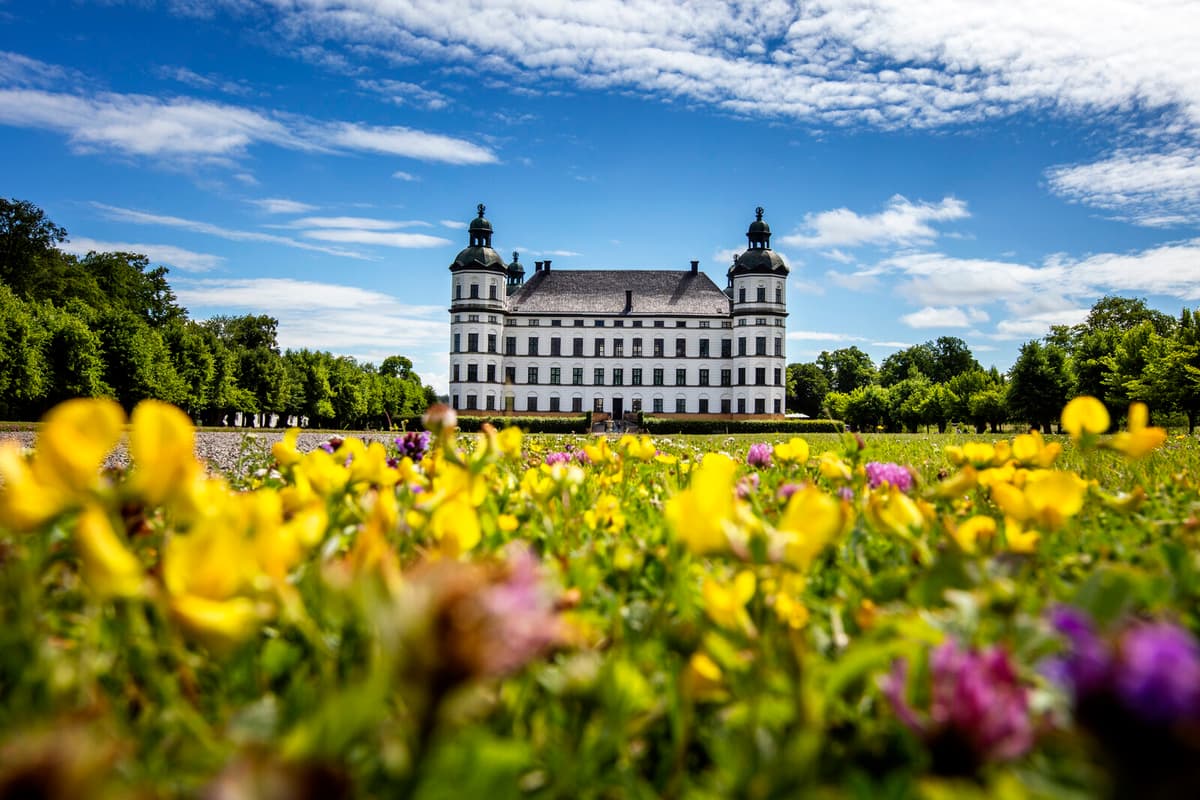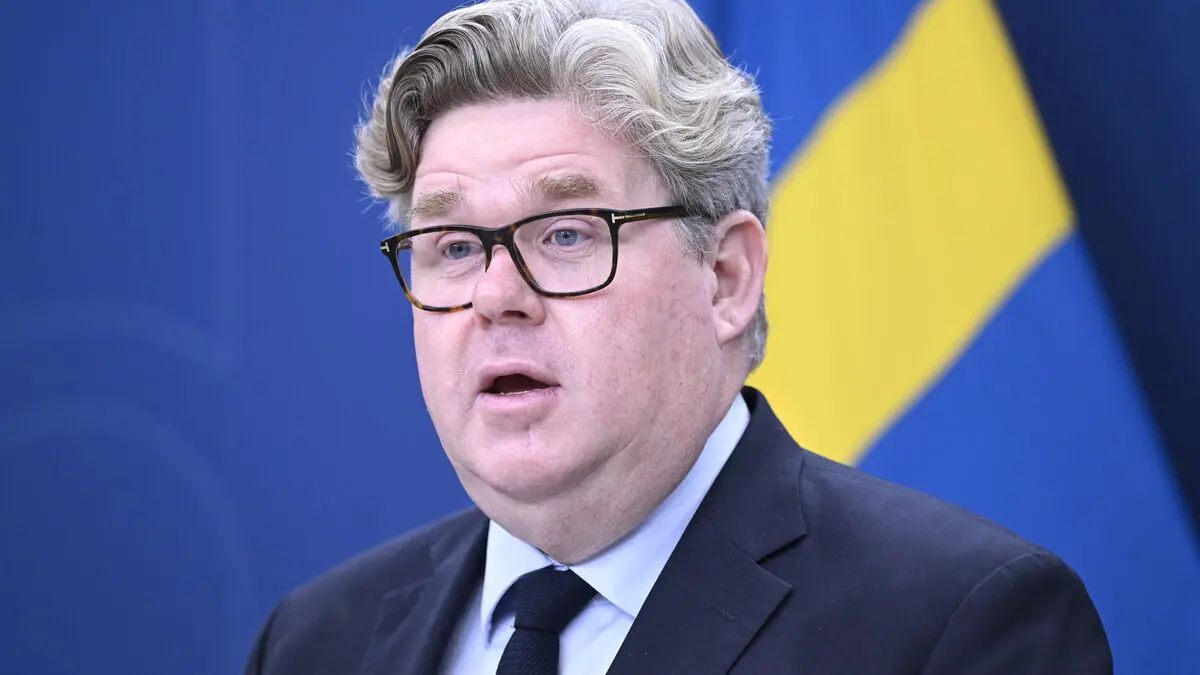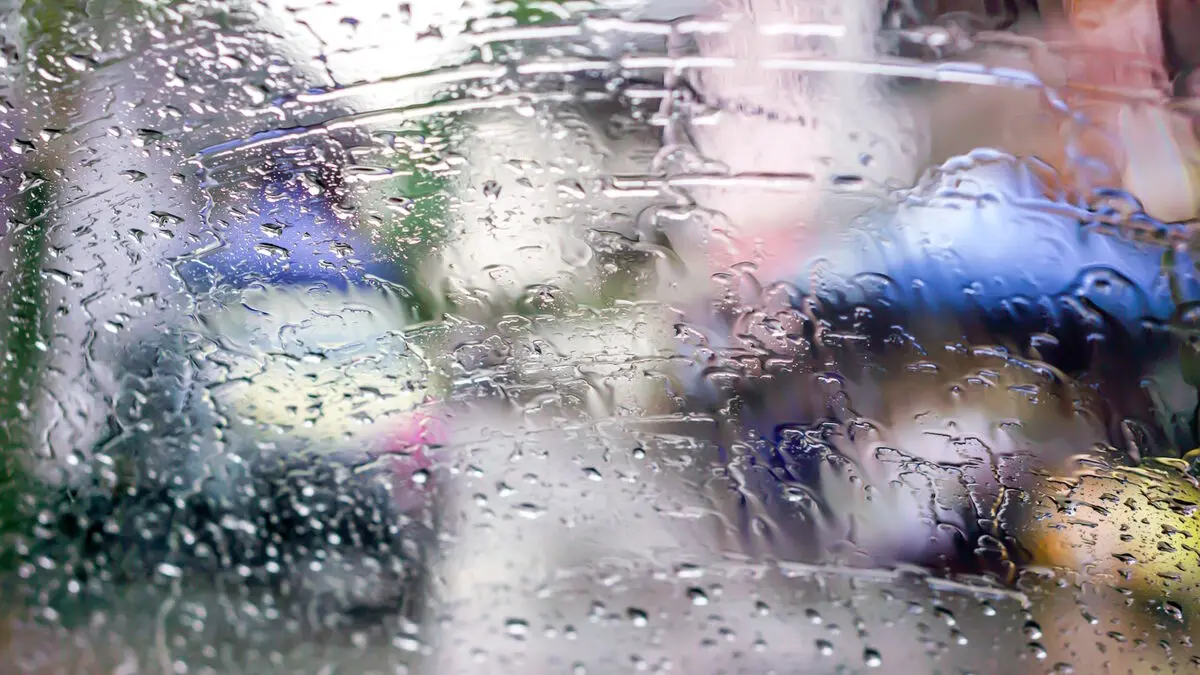Camilla Jul Bastholm, conservator and department head at the Danish National Museum, describes the mold fungus as "very widespread" with DR.
One can well call it a form of corona epidemic for the golden age of painting and for cultural-historical objects, she says.
The mold settles in organic materials, for example furniture, textiles, and church organs, explains Fanny Stenback, and is already in Sweden.
We find this type of mold in our collections either, it may not have caused any extreme problems but we know it exists and if we get a milder climate like in Denmark, this type will be here in our environments too.
Extreme Environments
The white mold fungus in Denmark is called "aspergillus section restricti" and belongs to a group of fungi that tolerate extreme environments. Moreover, it thrives in buildings with lower air humidity than recommended in the international guidelines for cultural heritage preservation, states Camilla Jul Bastholm.
The ultimate consequence can be that the collections and museum objects slowly become unusable, she says.
In Skagen, white mold coating was discovered in the unisolated old house of Anna and Michael Ancher, today a museum. Camilla Jul Bastholm does not know why the mold fungus has taken hold in the museums, but suspects that it has to do with climate change.
There are indications that it can be linked to climate change with humid periods and persistent rain and then drying. The fluctuations are faster and it reflects in the indoor climate in sensitive historical buildings such as museums, castles, and churches, also says Fanny Stenback.
In the Risk Zone
In older Swedish churches with natural ventilation, which are not heated during the winter, this type of mold thrives, she explains. Even Skokloster Castle, which belongs to the state's Historical Museums, is in the danger zone.
We have not yet started taking mold samples there, but we have indications that climate change has affected our measurement data, it is definitely more humid. Mold species can be very fast, if they find a favorable environment, they start growing.
The conservator profession is today increasingly about parrying the consequences of climate change, according to Fanny Stenback.
We have noticed the problem, but then it's about getting research grants and projects, and we're not there. More research is needed.





